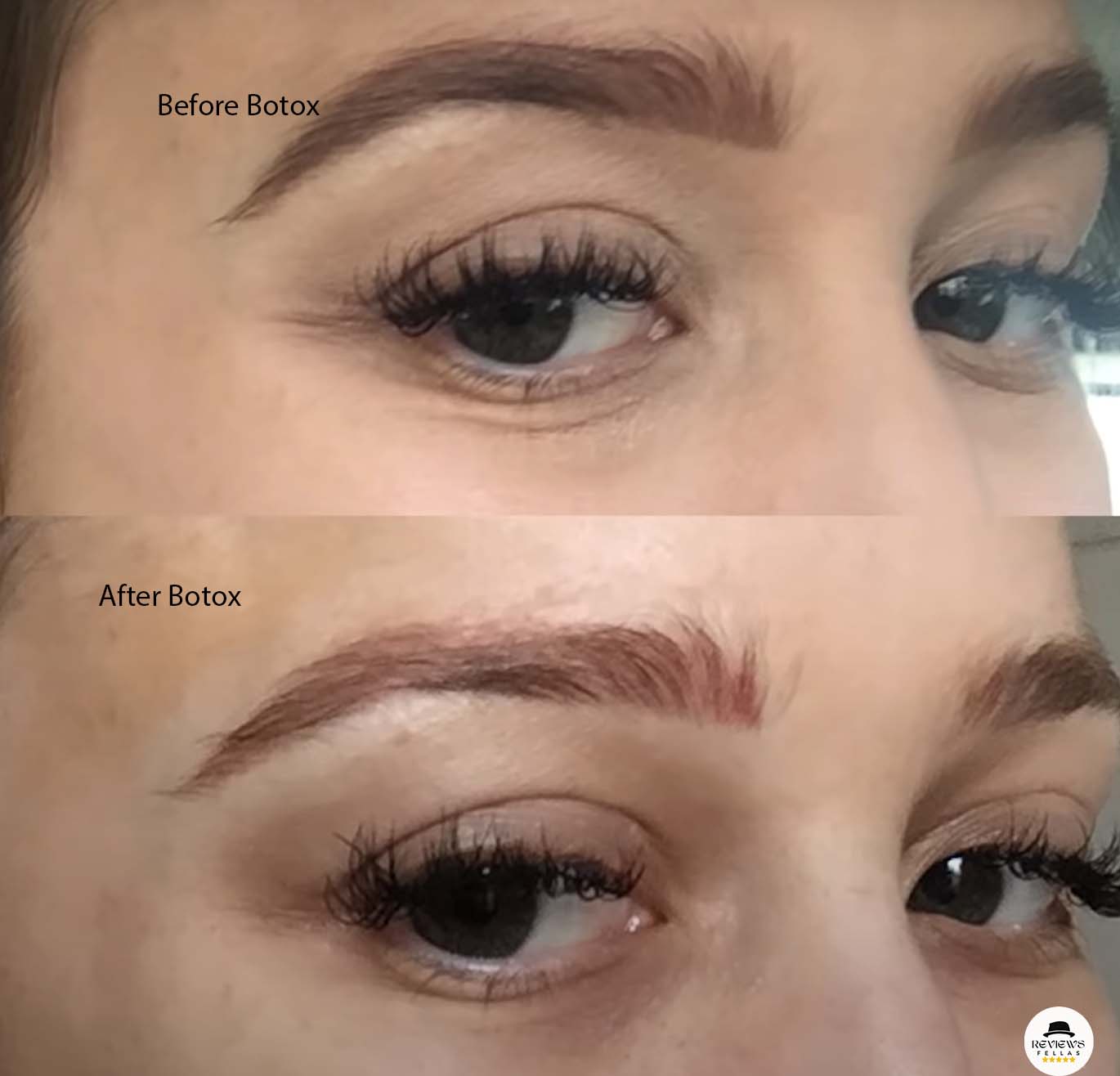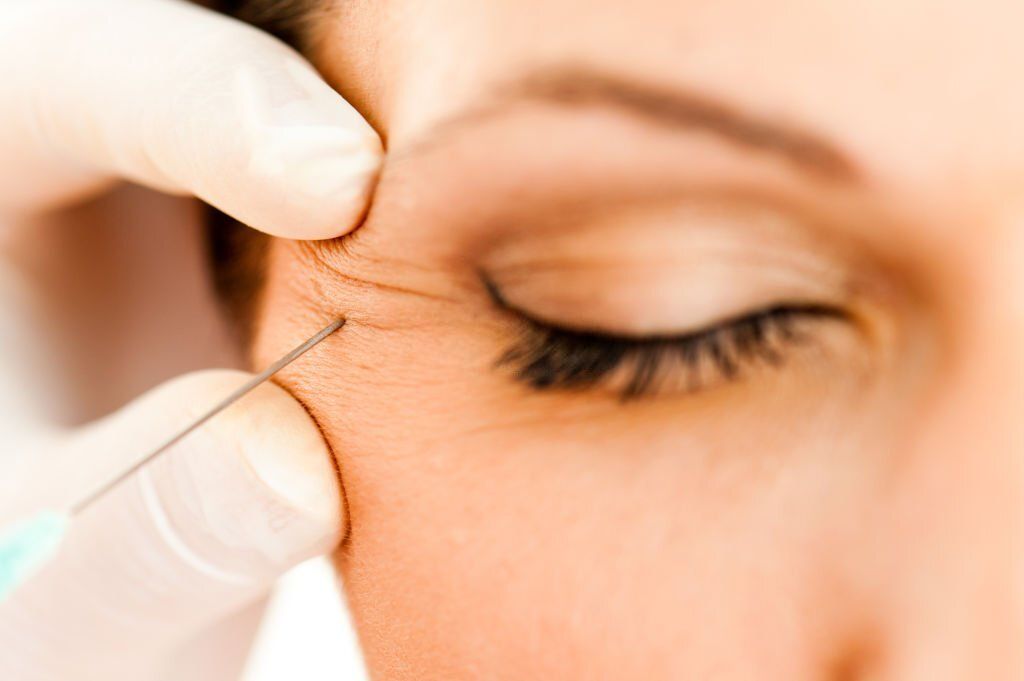This article is reviewed, corrected, and approved by: Dr. Benjamin McLean M.D. | FCPS | FRCP | MPH
A natural part of aging is the appearance of wrinkles, especially around the eyes. As we age, our skin naturally undergoes changes. These wrinkles, often referred to as crow's feet or laugh lines, can be a source of concern for many individuals looking to maintain a youthful and vibrant appearance.
Thankfully, advancements in cosmetic treatments have provided effective solutions, with Botox emerging as a popular choice for combating these age-related wrinkles.
What is Botox?
Clostridium botulinum, the source of botulinum toxin, produces the neurotoxic toxin botox. Botox is used to reduce the appearance of for reducing wrinkles around the eyes. Though the idea of injecting a toxin into the skin might sound alarming.
Botox has proven to be safe and widely accepted in the field of cosmetic medicine. Its remarkable ability to relax facial muscles and reduce the appearance of wrinkles has made it a go-to treatment for those seeking a smoother, more youthful look.
Why Is Botox Treatment Popular?

Botox treatment has skyrocketed in popularity over the past few decades, becoming one of the most sought-after cosmetic procedures worldwide. Its widespread acclaim can be attributed to several key factors that have contributed to its allure among individuals seeking aesthetic enhancements.
Non-Surgical Approach
One of the primary reasons for Botox's popularity is its non-surgical nature. Unlike invasive cosmetic surgeries, botox is a minimally invasive procedure that involves injections rather than incisions. This appeals to many people who desire to improve their appearance without surgery, as it has reduced risks, shorter recovery times, and fewer potential complications.
Quick and Convenient
Treatments with Botox are quick and convenient, often taking only a few minutes to complete. Since there is minimal downtime associated with the procedure, individuals can easily incorporate Botox into their busy schedules, making it an attractive option for those with active lifestyles or demanding commitments.
Effective and Visible Results
Botox has gained immense popularity due to its proven effectiveness in delivering noticeable and reliable results. Dynamic wrinkles, caused by repetitive muscle movements, are particularly sensitive to this treatment. The smoothing effect on the skin is evident shortly after the treatment, leaving individuals satisfied with their rejuvenated appearance.
Versatility in Applications
While initially renowned for its use in treating frown lines and crow's feet, Botox has demonstrated its versatility in various cosmetic and medical applications. It can be used to soften forehead wrinkles, elevate the eyebrows, reduce chin dimples, and even manage medical conditions such as migraine and excessive sweating, widening its appeal to a broader audience.
Minimal Discomfort
Botox injections are relatively painless, and many practitioners use fine needles to minimize discomfort during the procedure. The use of topical anesthetics further ensures a more comfortable experience for patients, contributing to the treatment's popularity.
Gradual and Natural-Looking Effects
Botox offers gradual and natural-looking results, allowing individuals to maintain their facial expressions without appearing "overdone." This natural aspect of Botox treatments has significantly influenced its popularity, as people seek subtle enhancements that complement their unique features.
High Safety Profile
When administered by trained and experienced medical professionals, Botox is considered safe and well-tolerated. Its safety profile has inspired confidence among patients, fostering trust in the procedure and driving its widespread adoption.
What Are The Uses Of Botox as a Treatment?
Botox, a highly popular cosmetic treatment, is particularly effective in treating various types of wrinkles around the eyes. The skin in this area is delicate and can easily develop wrinkles from frequent facial expressions and age.
Let's explore the different types of wrinkles that can be successfully addressed with Botox around the eyes:
Crow's Feet
Squinting or smiling causes fine lines and wrinkles called crow's feet. They are also known as "laughter lines." These dynamic wrinkles are a result of the underlying orbicularis oculi muscle contracting during facial expressions. With Botox, the skin around your eyes can appear smoother and more youthful, reducing crow's feet.
Glabellar Lines
Glabellar lines are wrinkles that form between the eyebrows and above the nose. Botox can relax the muscles, causing them, resulting in a more youthful appearance.
Forehead Wrinkles
Botox can smooth forehead wrinkles caused by repetitive muscle contractions, resulting in a reduction of their visibility.
Bunny Lines
Diagonal wrinkles that appear on the sides of the nose are known as bunny lines. These wrinkles form when the muscles around the eyes contract. For example during squinting or smiling.
Though not directly around the eyes, Botox injections near the upper nose can soften these lines and enhance overall facial aesthetics.
Under Eye Wrinkles (Tear Trough Lines)
Under eye wrinkles, often referred to as tear trough lines, are fine lines and creases that develop beneath the eyes. While Botox is not typically used directly under the eyes, it can indirectly improve the appearance of tear trough lines by addressing the surrounding muscles, which may contribute to a more refreshed and smoother under-eye area.
Depending on the expertise of the professional administering Botox treatment for wrinkles around the eyes, Botox will be successful or not. A skilled practitioner will carefully assess the patient's unique facial structure, muscle dynamics, and specific concerns to tailor the treatment for optimal and natural-looking results.
Conclusion
Botox is a non-surgical treatment that reduces wrinkles around the eyes. It's effective for crow's feet, forehead wrinkles, and bunny lines. Botox is safe and lasts 3-6 months, but it's not permanent. Talk to a healthcare professional to discuss your needs.
F.A.Qs
Q: Does Botox hurt?
Answer: Sometimes, it may cause minimal discomfort, but it is generally well-tolerated.
Q: How many units of Botox for the forehead?
Answer: The number of units varies, but around 10-30 units are common for forehead lines.
Q: How long does it take for Botox to work?
Answer: Botox typically starts showing results within 3-7 days, with full effects in about 2 weeks.
Q: Can you get Botox while breastfeeding?
Answer: It is recommended to avoid Botox while breastfeeding as a precautionary measure.
Q: What is lash botox? Is it similar to eye botox?
Answer: Lash Botox is a non-surgical treatment that relaxes the muscles around the eyes to lift and curl the lashes. It is different from under-eye botox and botox injections for wrinkles.
Q: Does botox help in to lose face fat?
Answer: Botox is a neurotoxic protein used in cosmetic treatments to temporarily relax muscles and reduce the appearance of wrinkles and fine lines.


